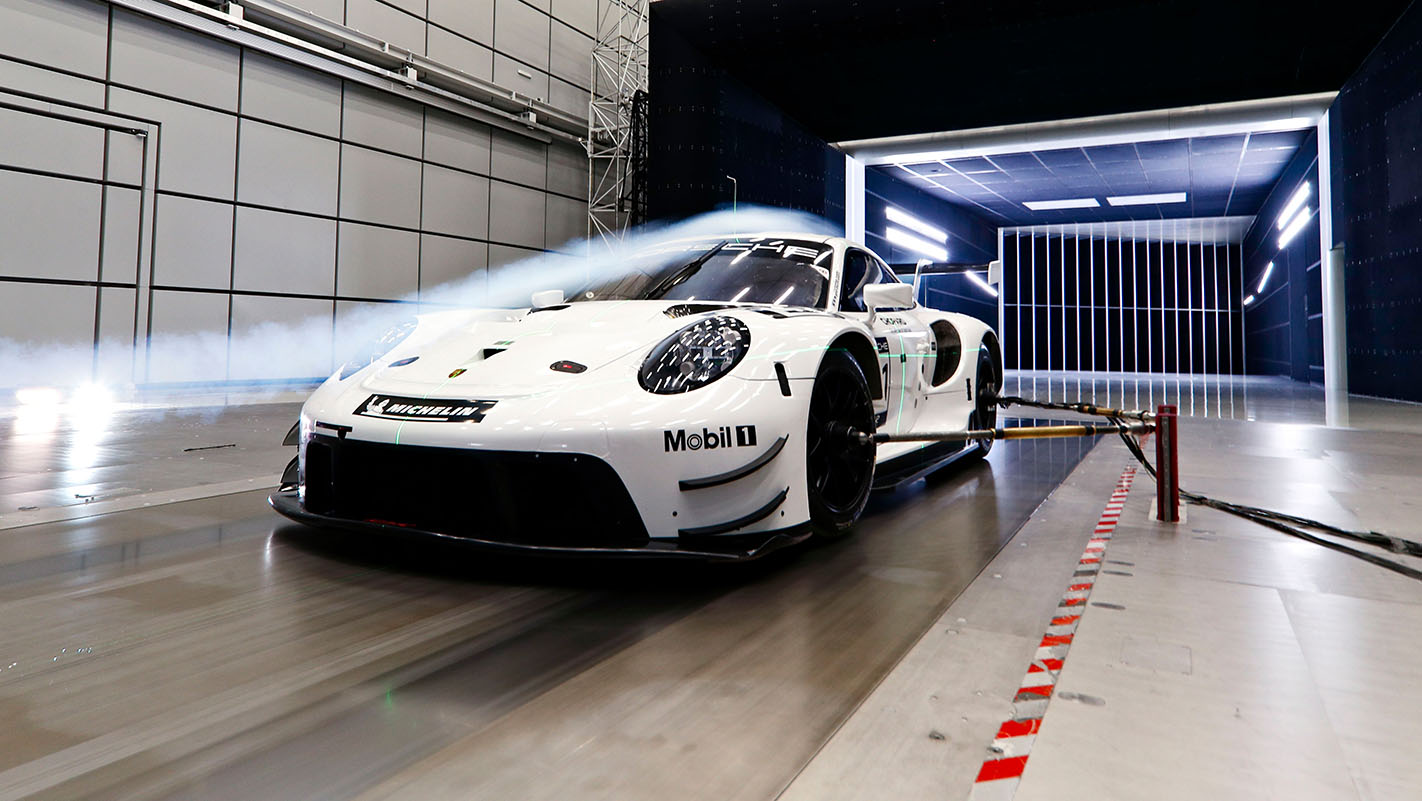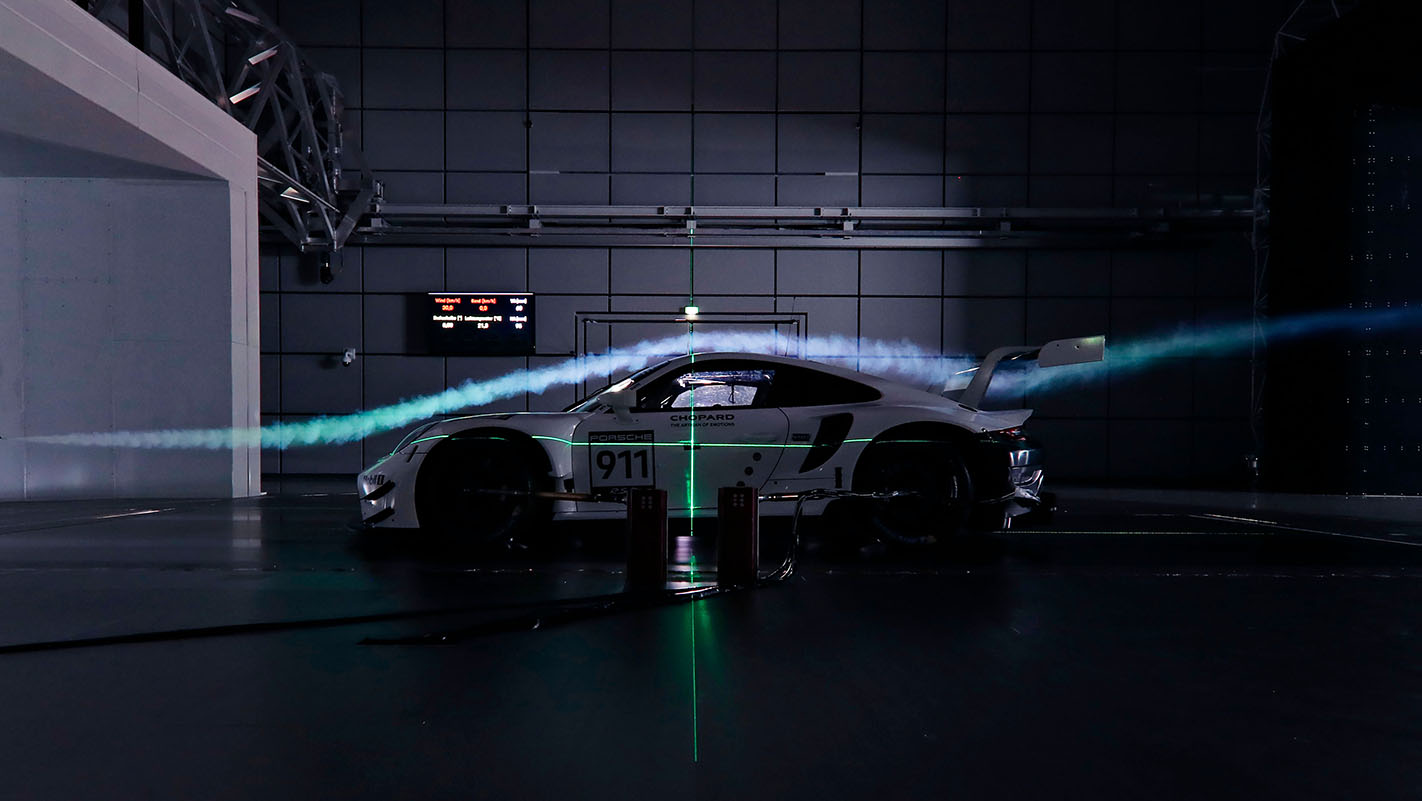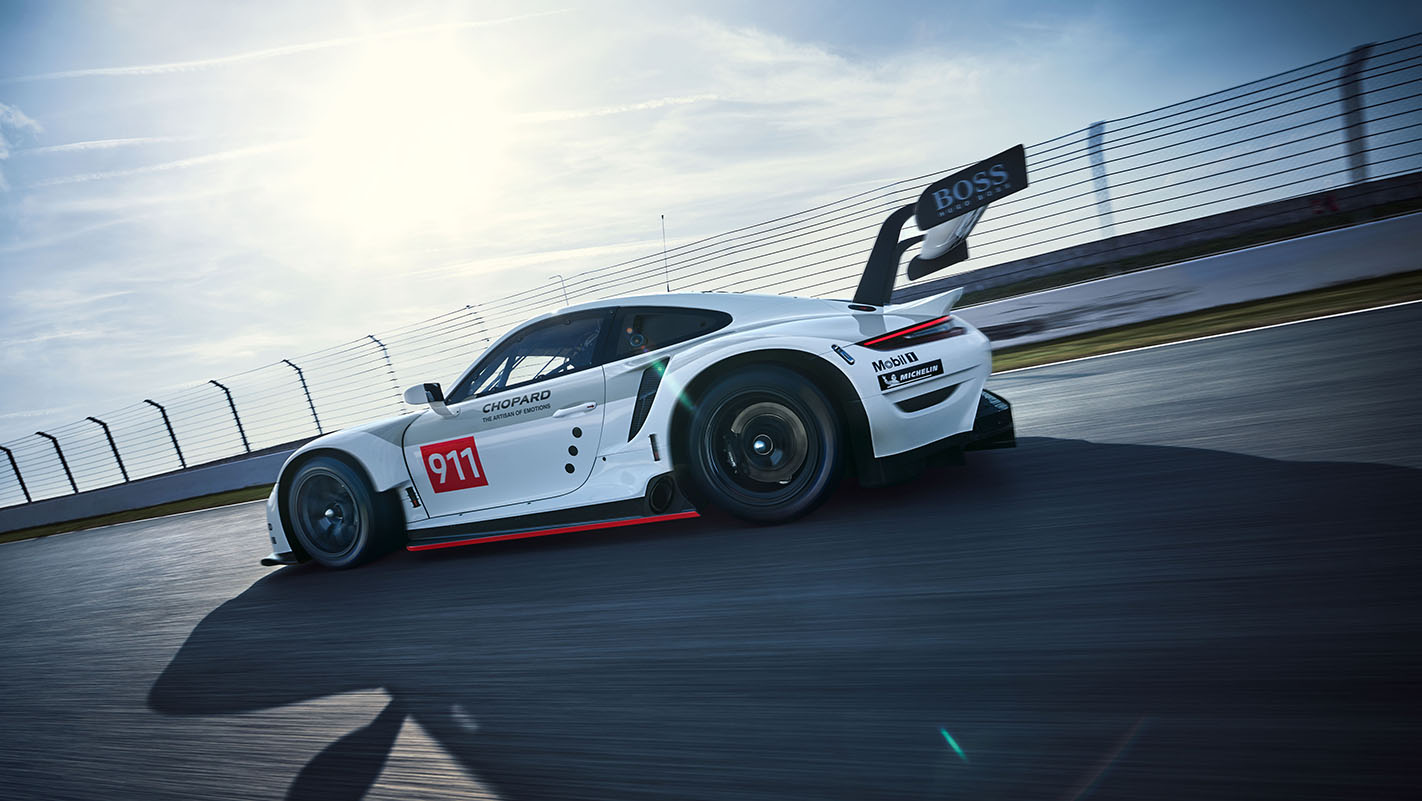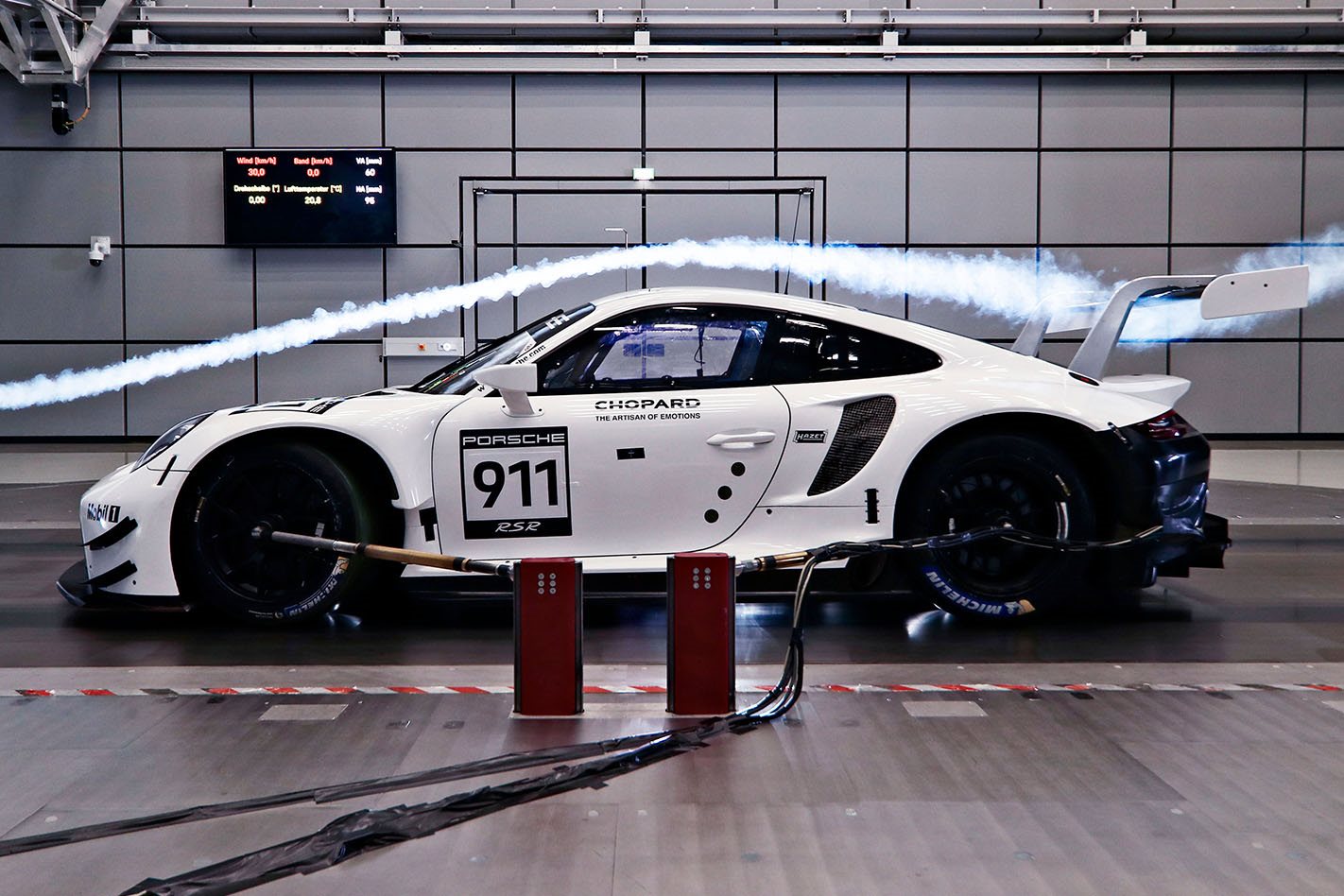Frank-Steffen Walliser is on a mission to create the hardest, angriest Porsche 911 GT3 to date.
In a conversation with Wheels earlier this year, Walliser, the man at the helm of Porsche’s sports car division, signalled his intention to make the 992 Turbo S a faster and rawer thing. That sentiment is only being amplified with the forthcoming 992 GT3.

Originally scheduled to be unveiled at the 2021 Geneva motor show, the cancellation of that event has meant that there’s now a more tentative Q1 launch date pencilled in for the GT3.
While Porsche isn’t focused on ladling a whole lot more power at the GT3, with company insiders merely saying it’ll have a slight bump in power to “more than 368kW”, most of the work has been dedicated to cutting weight, making the suspension even firmer and improving the vehicle’s aerodynamic effectiveness.

Running counter to some rumours, it’s confirmed that the GT3 will stay normally-aspirated – for the time being at least – and both a manual and a PDK twin-clutch transmission are being developed in parallel.
Porsche’s bean counters were very pleasantly surprised by demand for the 991 GT3 Touring model in particular, and Wheels understands that the 992 will build on that by offering both a manual and a PDK Touring version this time round.

If you’re the sort of person who has been poring over the photographs shot through the fence at Brunnchen corner on the Nurburgring, you might well be aware that Porsche has been experimenting with a number of divergent aerodynamic packages for the 992 GT3.
It looks as if Andreas Preuninger and the rest of the boffins in the GT division have settled on a radical solution for the rear wing. If the whispers are to be believed, the GT3 will be the first production Porsche to sport a swan-neck rear wing.

Unlike a conventional rear wing which uses posts mounted to its underside, the swan-neck (as seen on the 911 RSR racing car pictured) is top-mounted.
These wings came into being after an ATO rule change in 2009 limited the size of rear wings in sports car racing.
In order to recoup downforce from a wing smaller in both width and chord, both Audi and Acura debuted swan-necks.

These do away with the considerable flow separation around the mounts on the underside of the wing, which is the part of the device where the air has to be worked the hardest to create a low-pressure zone.
Aerodynamicists were finding that, especially with the car in a yaw moment, flow separation was causing these conventional rear wings to lose large degrees of effectiveness.
By fitting a swan-neck rear wing, they were able to claw back 16 percent of what was looking like a 34 percent loss of downforce through downsizing the wing.

In other words, Porsche may well realise a downforce benefit of somewhere in the region of 16 percent by fitting the swan-neck.
We can’t say for certain, as Porsche’s wing design isn’t as aggressive as a typical LMP car’s aerofoil, but a gain of that amount would seem likely.
Indeed, 2021’s shaping up to be a busy year for Porsche with the 911 GTS, the Panamera facelift and Taycan Cross Turismo joining the headline-hogging GT3.
Coming on the back of COVID-enforced factory closures this year, Porsche is determined to catch up on lost time.

WHY A SWAN NECK?
Ever wondered why aircraft sling the engines under the wing instead of on top? That’s because on a plane, the top side of the wing is the important part, speeding the air, creating low pressure and thus lift. That area needs to be uninterrupted. Think of a racing car wing as an inverted aircraft wing and you begin to wonder why it took so long for items with unencumbered undersides to appear.
THE GT3 RECIPE
Since the Porsche 911 GT3 first appeared in 1999, it has followed a fairly predictable development path. Perhaps the only surprise was the deletion of a manual gearbox option for the 991 GT3, a decision which Porsche has subsequently reversed. With so much in common across generations, here are the five steps to making a GT3.
- Amp the aero… or at least give the impression: The 1999 996 GT3’s aerokit added precisely zero downforce. That has been rectified with successive generations.
- Raise revs: An operatic redline has long been a GT3 calling card. Petrol particulate filter legislation will provide a challenge with the forthcoming 992 GT3’s acoustics.
- Increase grip: The 992 GT3 looks to leverage an advantage with a serious uptick in both aerodynamic and mechanical grip. Time to get cracking with those Alonso neck exercises.
- Brake up: There’s nothing as focusing as a heroic late brake. The 992 Carrera S gets 350mm front discs. The 992 GT3 could wear the 420mm carbon rotors from the Turbo S.
- Look sharp: A 911 GT3 should look as if it’s just escaped from a VLN round at the ‘Ring. The 992 will continue some GT3 design tropes and introduce a few new ones all of its own.






